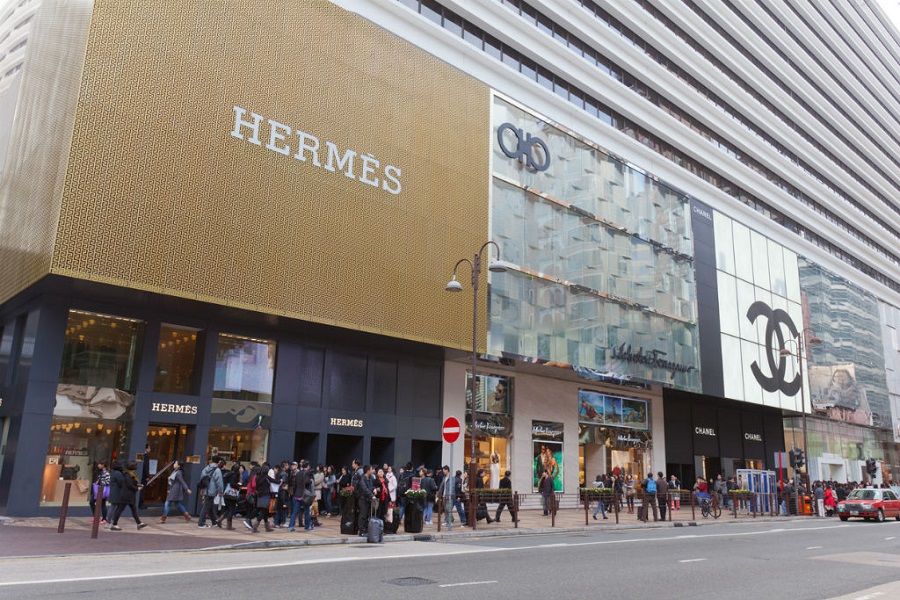RIO DE JANEIRO, BRAZIL – According to the Brazilian Association of Shopping Malls (ABRASCE), when comparing some days in July 2021 with the same period in 2019, sales in malls and shopping centers dropped almost 20%.
In contrast, in the luxury market, JHSF Participações (JHSF3) points out that high-value product sales increased by some 50% in mid-2021 compared to 2019.

Brazilians with high purchasing power, with their international travels curtailed, have spent their money on luxury items in Brazil. While consumers were still hesitant about safety regulations when malls reopened in 2020, in 2021 luxury item shoppers came back with full force.
Security protocols are no longer new, and the return to malls with demand for national and international luxury brands continues apace. At Rio de Janeiro’s Village Mall, owned by Multiplan (MULT3), sales of international brands increased by over 60% in early 2021 compared to last year.
In addition to clothing and accessories, consumers in this niche also enjoy their free time in renowned restaurants, with gastronomy professionals constantly creating new elaborate dishes. Many have also begun to consume their favorite dishes at home.
E-commerce and delivery have made it possible for products and food to be available at home. With free time and restricted travel, many decided to spend and enjoy sophisticated meals at home.
Wine was another product that proved successful during the pandemic. In fact, Brazil set a record in the consumption of this beverage, with an increase of 30% compared to last year.
Expensive wines sales, priced over R$350 (US$65) per bottle, also skyrocketed. With social isolation, wine consumption has become one of the activities to enjoy at home.
According to World Wine, the most expensive bottles posted an even higher increase than more affordable wines. While the most expensive bottles saw a 50% increase in sales, there was a 30% increase for less expensive ones.
While many people experienced hardship and even hunger during the coronavirus crisis, people with a higher purchasing power were able to continue enjoying the good and the best.

